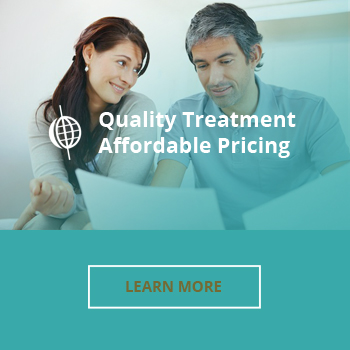National Survey on Drug Use and Health. It’s possible that these drug users chose medications because they thought the substances were safe. Rather than buying drugs made in an underground lab, they were buying medications designed by pharmacists. The substances just seemed safe. But unfortunately, many of these drugs can be remarkably addictive, and sometimes, people need sophisticated treatment programs in order to recover.
Addictive Drug Choices
 There are literally thousands of prescription medications on the market today, but there are only three classifications of drugs that tend to cause concern from an addiction perspective: painkillers, sedatives and stimulants.
There are literally thousands of prescription medications on the market today, but there are only three classifications of drugs that tend to cause concern from an addiction perspective: painkillers, sedatives and stimulants.
Painkillers like Vicodin and OxyContin are notorious targets of abuse, as these drugs cause changes inside the human body similar to those seen in people who take in heroin or some other opiate drug. The sensation of pleasure is sudden and overwhelming, and it can quickly lead to addiction.
Prescription sedatives like Xanax, Valium and Ativan don’t seem as dangerous, in terms of addiction, as these drugs tend to cause profound sedation. However, they have also been proven to boost signals of pleasure inside the brain, and as a result, they’re also considered dangerous, in terms of abuse.
Stimulants like Ritalin are also capable of boosting feelings of pleasure, but these drugs can also help people to feel alert, awake and capable. Sometimes, people get hooked on the feelings of efficiency these drugs can bring, and when they do, an addiction can quickly follow.
Foundations for Recovery
People who take in prescription drugs might feel as though their habits are totally benign and safe, but in reality, they could be putting their very lives on the line. For example, the Montana Department of Justice suggests that the abuse of prescription drugs contributes to the deaths of more than 300 residents of Montana each year. This means that these drugs are 15 times deadlier than cocaine, heroin and methamphetamine combined. As a result, getting treatment for these addictions is absolutely vital, as it could allow some people to stay alive rather than losing everything to drugs.
A typical prescription drug rehab program provides medical supervision during the detoxification process,
allowing people to get sober without experiencing a medical complication process that could prove deadly. Then, people transition into therapy programs that can help them learn more about how the addiction began, and what they’ll need to do in the future to keep the problem at bay.
When the person makes progress in recovery, the program’s intensity may shift, and clients might begin to use support group meetings, alternative therapies and other techniques in order to maintain the control they’ve developed during rehab.
This phase of the work can last for the rest of the addict’s life, as the risk of relapse might always be present.
Many Options
While many drug rehab programs provide the same basic therapies, there are some variations from one program to another, and those little alterations could be of vital importance to some addicted people. For example, some programs provide medication management for people who have addictions to painkillers. These programs might provide replacement therapies like buprenorphine or blocking medications like naltrexone in order to ensure the success of clients. Sometimes, this is quite helpful. For example, in a study in the journal Anaesthesia and Intensive Care, researchers suggest that implanting naltrexone can keep even the most addicted patients sober, as the blocking action of the drug makes prescription painkillers less appealing. However, not everyone with a prescription drug addiction enjoys the idea of using yet more prescription drugs in order to heal. As a result, some people find that drug-free programs are a better bet.
- Depression
- Anxiety
- Personality disorder
- Obsessive-compulsive disorder
- Post-traumatic stress disorder
These people may obtain prescriptions to assist with a medical problem, and in time, they may transition to the abuse of these medications. People like this might need the help of a targeted dual diagnosis program, so they can get help for both of their conditions at the same time. Programs that can treat mental illness and addiction aren’t rare, but it is vital for families of people with both sets of troubles to choose the right program that can help.
Finding Help

Families that hire an interventionist to assist with an addiction conversation may rely on that professional as they choose the proper treatment facility. After all, the interventionist likely has many opinions about programs that could help, and by tapping into that resource, families may find that the search is both quick and easy.
Families that don’t use a professional might lean on doctors as they search, or they might ask their insurance companies about the programs that provide covered care.
They might even lean on online searches in order to make a good decision. If you’ve come to Axis after such a search, we hope you’ll call and talk with us. We’d like to explain our innovative dual diagnosis program for prescription drug addiction, and we can smooth the enrollment process for the person you love. Just call.



